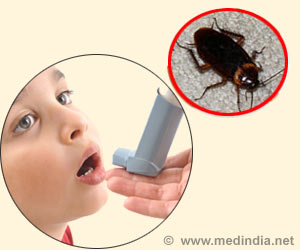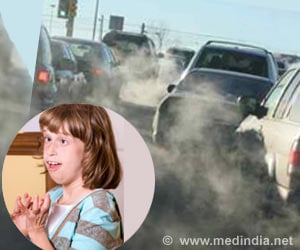
‘Early exposure to candles, cats, and environmental tobacco smoke showed the greatest impact.
’
Tweet it Now
"We examined exposure to dogs, cats, air fresheners, candles, mold, environmental tobacco smoke (ETS), and carpet, all of which have been associated with childhood allergies. Of the exposures, we measured, prenatal exposure to candles, 6-month exposure to cats, and 2-year exposure to ETS significantly increased the chance of a positive skin prick test (SPT) at two years of age."One hundred eight mother-child pairs were followed from birth to 2 years of age. Exposure to air fresheners, candles, mold, cats, dogs, carpet, and environmental tobacco smoke (ETS) during the prenatal, 6-month, 1-year, and 2-year time points were obtained. An SPT was performed on both the mother and the 2-year-old child to measure allergic sensitivity. Allergic sensitization means that a person has had (or may have had given the possibilities for false positives) an allergic-type immune response to a substance. But it does not necessarily mean that the substance causes them problems.
"The increase in the average amount of time indoors means there is an increased risk of harmful health outcomes related to exposure to indoor air pollutants," says allergist Anne K. Ellis, MD, study author and member of the ACAAI Environmental Allergy Committee. "Additionally, children breathe more frequently per minute than adults and mostly breathe through their mouths. These differences could allow for air pollutants to penetrate more deeply into the lungs and at higher concentrations, making children more vulnerable to air pollutants."
Another goal of the study was to evaluate the effect of multiple exposures on allergic outcomes at two years of age. The study found that children with a positive SPT at two years of age had significantly more exposures prenatally, at the 1-year and 2-year time points compared to children with a negative SPT. As the number of indoor air polluting exposures increased, the percentage of children with a positive SPT increased.
Dr. Ellis says, "When considered together, the findings suggest that the effect of multiple exposures may contribute more to allergy development than one single exposure."
Advertisement










